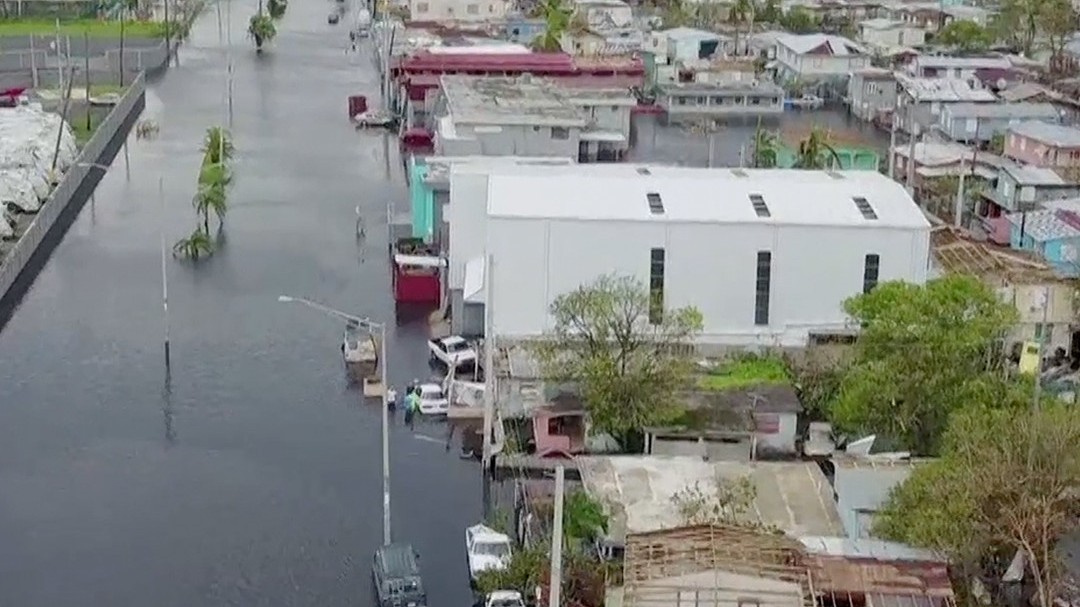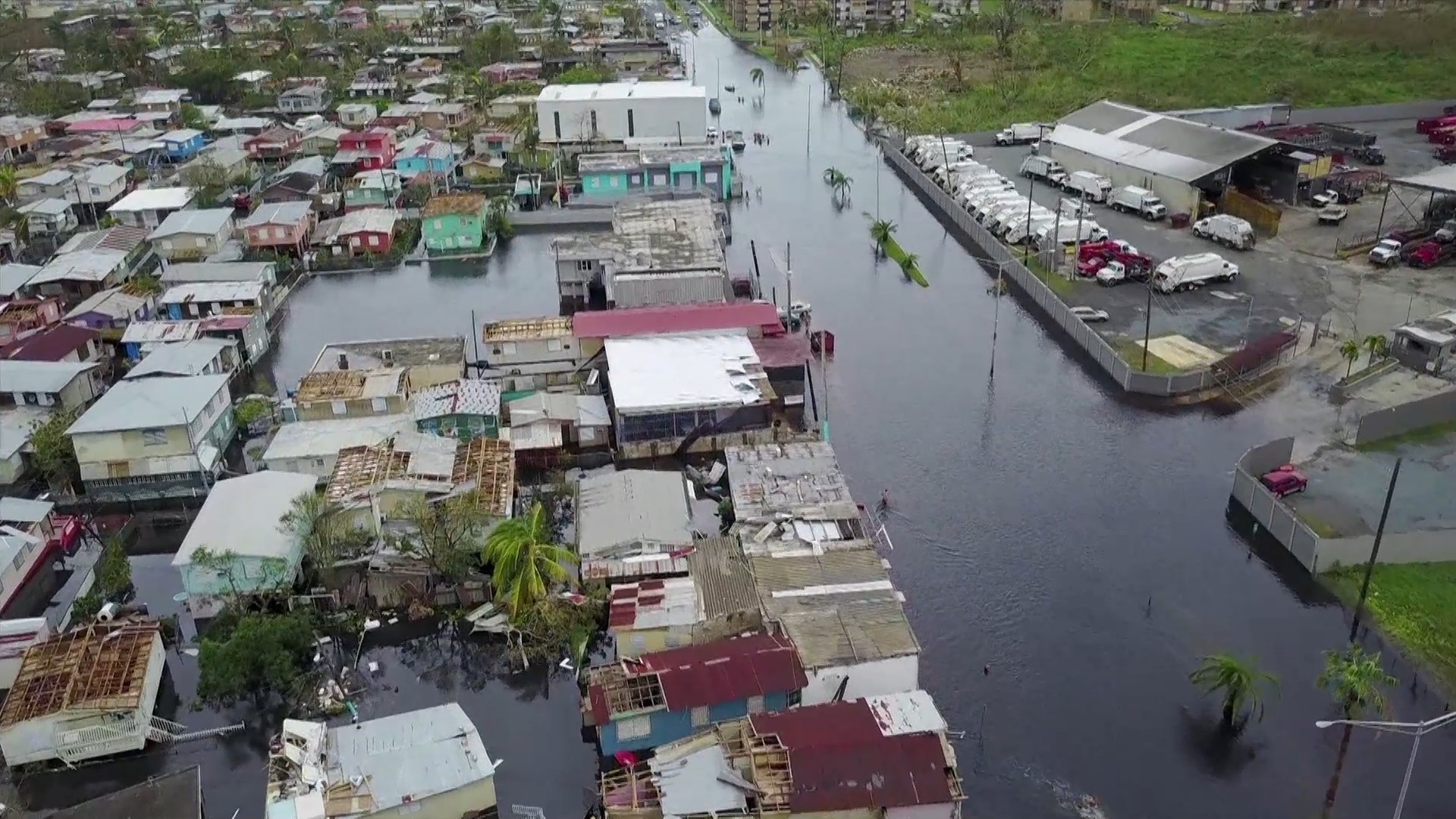Union members went door to door, visiting over 18,000 families to identify needs. They found over 3,100 students who had completely lost their homes and belongings. 2,000 teachers had home damage, over 260 with total losses.
Check out more videos from VICE:

Mercedes Martinez, President of the Federación de Maestros de Puerto Rico (FMPR), is an outspoken critic of Secretary of Education Julia Keleher. She believes that the secretary is using the hurricane to implement the “charter-ification” of Puerto Rico, as New Orleans did after Katrina, where over 90 percent of schools were turned into charter schools (which are non-union). “Keleher has her own agenda,” Martinez told VICE impact. “These partnerships are to promote capitalism over education, erase our culture, and gentrify the island.”Rafael Feliciano - former FMPR president and current secretary of the organization says the secretary closes schools despite community efforts.
“The Escuela Marcelino Canino Canino in the municipality of Dorado had been under six feet of water and was closed by the Department of Education,” Feliciano said. “The community mobilized, fixed, repaired and cleaned the school. The teachers continued to teach classes, and together they got the Department to open the school again. ““The people distrust the government, and that distrust is warranted."
Students from Escuela Republica De Colombia in Caguas protesting for the school to be reopened. (photo via FMPR)
Keleher says that the best way for the schools to recover post-Maria, is for the Department of Education to get back to implementing the reforms they began last January before the storms. However, the storm recovery has made the already difficult implementation of these plans even more so.The biggest challenge to educators who want to rebuild the school system is access to funds.
Members of FMBR’s “Impact Brigades” Repair a school roof. (photo via the FMPR)
Secretary of Education Julia Keleher (third from left) at Escuela Manuel Negrón Collazo in Vega Baja. (photo via PR Department of Education)
Check out more videos from VICE:

FEMA funds have been slow to arrive for major school repair projects. Nonprofits like the CSIF don’t even qualify. Just recently, the Trump. administration denied Puerto Rico an already-approved $1 billion loan for rebuilding efforts. The work being done by organizations like CSIF, AMPR and FMPR is funded by outside donations, mostly from individuals in the diaspora in cities like Orlando, Miami, Chicago, Philadelphia and New York, and institutions like the Hispanic Federation, the AFT, and Save the Children.What the U.S. government has failed to do, the island’s educators have been doing using their own sweat equity.
CSIF Staff Members deliver supplies in Paso Seco, Santa Isabel. (image via CSIF)
AMPR Teachers Clearing Debris at SU Andres Sandin in Yabucoa. (photo via AMPR)